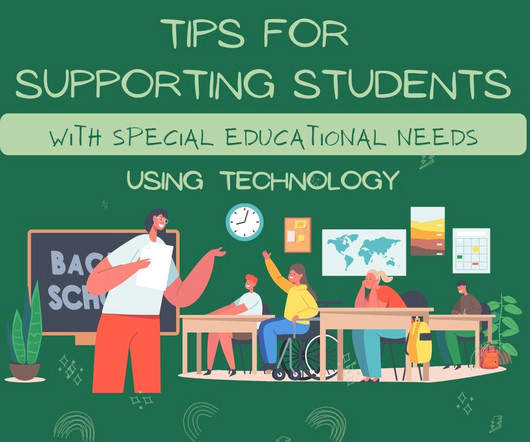6 Assistive Technologies That Can Help Students Reach Their Full Potential
EdTech Magazine
SEPTEMBER 5, 2019
6 Assistive Technologies That Can Help Students Reach Their Full Potential. In fact, the National Education Association found nearly every general classroom across the country includes at least one student with a disability. Assistive technologies can meet the needs of students at all grade and skill levels.












Let's personalize your content